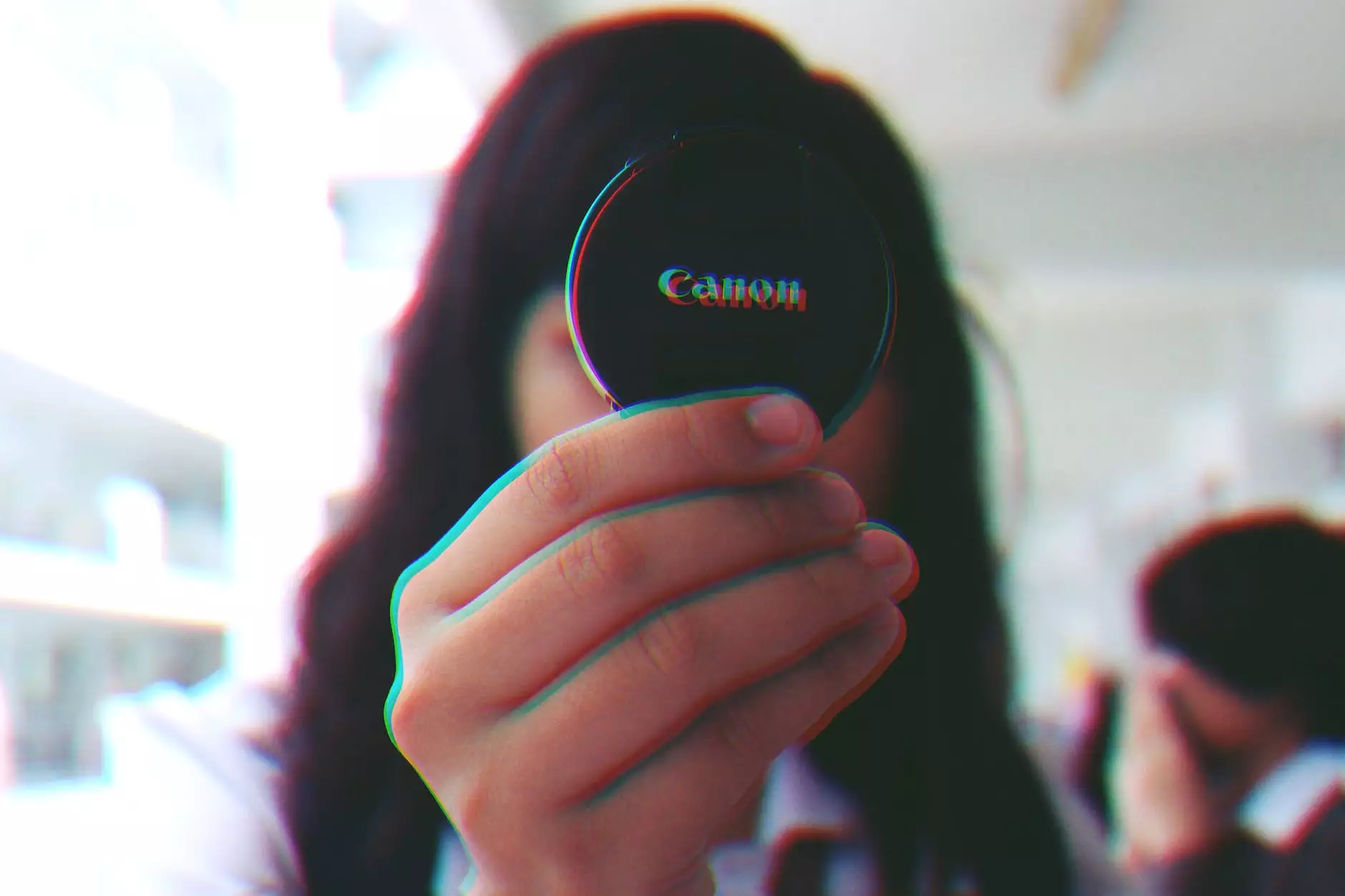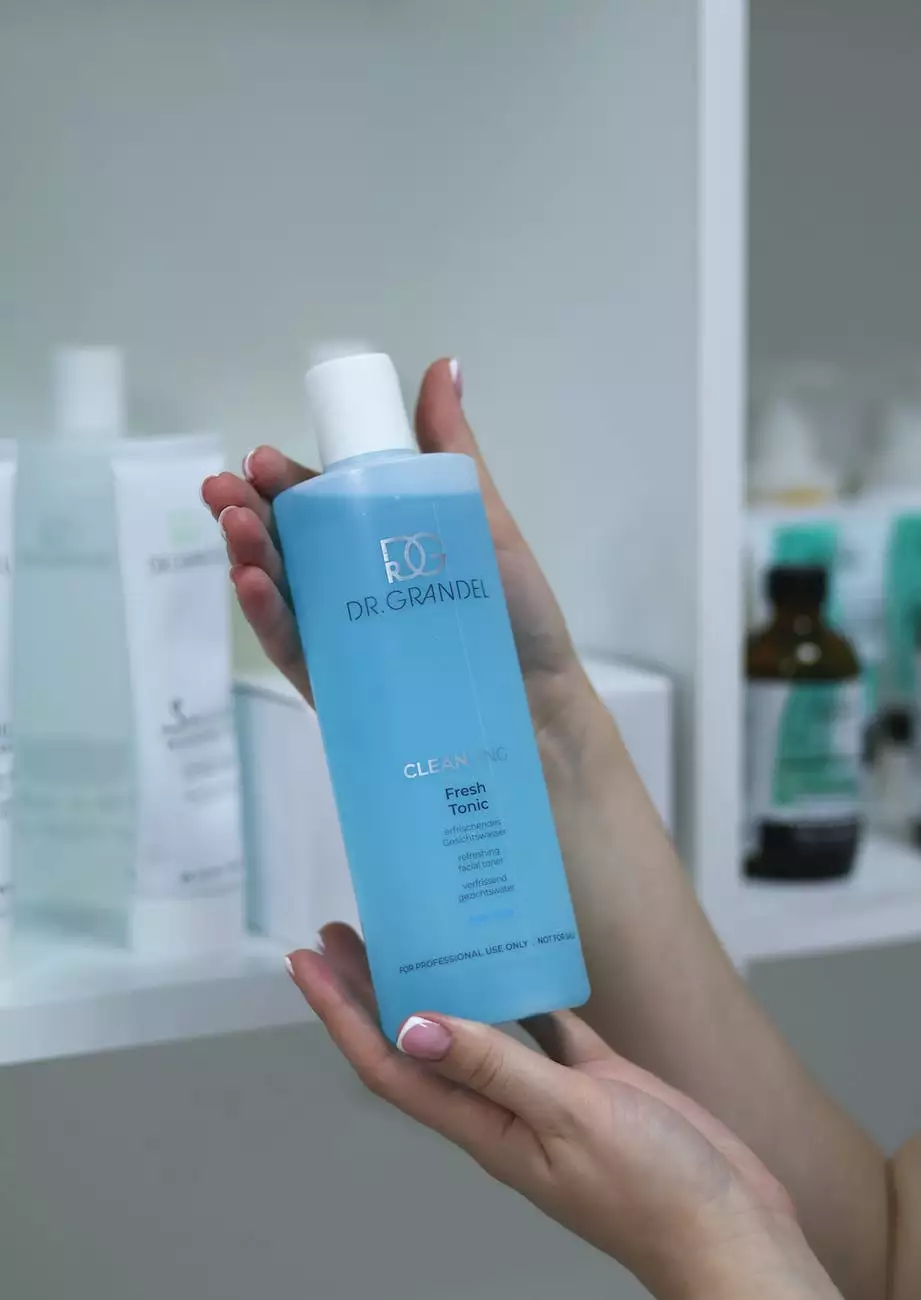Sub-conjunctival Hemorrhage
Blog
Understanding Sub-conjunctival Hemorrhage
A sub-conjunctival hemorrhage, also known as a broken blood vessel in the eye, is a common eye disorder that occurs when a tiny blood vessel in the conjunctiva, the clear membrane that covers the white part of the eye, breaks and causes blood to pool under the conjunctiva. This condition can be alarming, as it often appears as a bright red patch on the sclera, the white part of the eye.
Causes of Sub-conjunctival Hemorrhage
Sub-conjunctival hemorrhages can occur spontaneously or as a result of certain factors. Common causes include:
- Eye trauma or injury
- Eye rubbing or straining
- High blood pressure
- Blood-thinning medications
- Infections, such as conjunctivitis
- Blood disorders
- Eye surgery
Symptoms and Diagnosis
Most individuals with sub-conjunctival hemorrhage do not experience any pain or vision changes. The primary symptom is the noticeable redness on the eye's sclera. It is important to note that sub-conjunctival hemorrhages do not typically affect vision. However, if you experience any accompanying symptoms, such as eye pain, vision loss, or persistent bleeding, it is essential to seek immediate medical attention to rule out any underlying conditions.
Diagnosing a sub-conjunctival hemorrhage is relatively straightforward and does not typically require extensive testing. An eye care professional will perform a comprehensive eye examination and may ask questions to determine potential causes or contributing factors.
Treatment and Management
In most cases, sub-conjunctival hemorrhages are harmless and resolve on their own within a few weeks, similar to a bruise. However, if the hemorrhage is recurrent or accompanied by other symptoms, your eye care professional may recommend further evaluation and treatment options. While there is no specific medication to treat a sub-conjunctival hemorrhage, the following measures can help manage the condition:
- Applying a cold compress to reduce redness and discomfort
- Avoiding activities that can increase eye pressure, such as heavy lifting or strenuous exercise
- Avoiding eye rubbing or irritating the affected area
- Using artificial tears or lubricating eye drops to soothe any dryness or irritation
- Monitoring blood pressure levels and managing hypertension if necessary
- Discussing any changes in medication with your healthcare provider
- Protecting your eyes from injury by wearing appropriate eyewear
Prevention Strategies
While sub-conjunctival hemorrhages can occur spontaneously, certain preventive measures may help reduce the risk of recurrent occurrences:
- Avoiding excessive eye rubbing or straining
- Practicing good eye hygiene, such as regular handwashing and avoiding sharing personal items like towels or cosmetics
- Managing underlying health conditions like hypertension or blood disorders
- Using proper safety precautions to prevent eye injuries
- Following your eye care professional's advice to avoid any unnecessary eye trauma
- Discussing any concerns or questions with your eye care professional during routine eye exams
Conclusion
Sub-conjunctival hemorrhages, although initially alarming, are typically harmless and resolve on their own. Understanding the causes, symptoms, and management strategies can help alleviate concerns and promote effective care. If you experience any unusual symptoms or concerns, it is important to consult with your eye care professional for a thorough evaluation and appropriate guidance. Remember, maintaining excellent eye health through regular eye exams and adopting preventive strategies is crucial to overall eye wellness.




